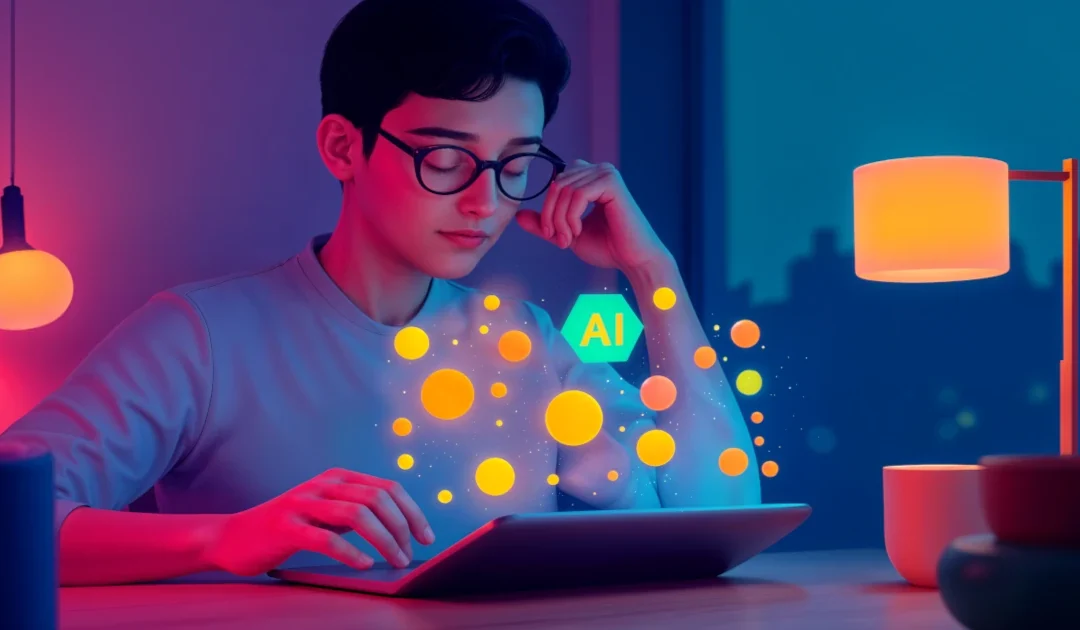In today’s fast-paced, tech-driven world, digital tools have become integral to every aspect of life. From the way we communicate to how we shop and work, technology has revolutionized our daily routines. Education is no exception. Digital tools are no longer just supplementary; they are essential for student success. Here’s why:
1. Enhancing Learning Experiences
Digital tools provide students with a wealth of resources to deepen their understanding of any subject. Platforms like Khan Academy, Quizlet, and Duolingo offer interactive lessons and gamified experiences that make learning engaging and effective. These tools cater to different learning styles, allowing students to absorb information through videos, simulations, quizzes, and more. As a result, concepts that might seem abstract in a traditional textbook come alive, fostering better comprehension and retention.
2. Promoting Collaboration and Communication
Modern workplaces emphasize teamwork, and digital tools help prepare students for this reality by promoting collaboration. Tools like Google Workspace, Microsoft Teams, and Slack enable students to work together on projects in real time, regardless of their physical location. Discussion forums and group chats provide platforms for students to exchange ideas, ask questions, and build on each other’s knowledge. By developing these skills, students learn the art of communication and teamwork, which are critical for their future careers.
3. Building Essential Digital Literacy Skills
Digital literacy is a foundational skill in the 21st century. From navigating online resources to critically evaluating information, students need to be tech-savvy to succeed academically and professionally. Tools like citation managers, research databases, and coding platforms help students master digital competencies while working on their assignments. By engaging with these technologies, students learn to adapt to new tools and platforms, building a skill set that will serve them well throughout their lives.
4. Fostering Personalized Learning
Every student is unique, with their own pace of learning and areas of strength and weakness. Digital tools allow for personalized learning experiences tailored to individual needs. Platforms like Coursera, Edmodo, and adaptive learning tools such as DreamBox use algorithms to assess a student’s progress and adjust the difficulty level accordingly. This targeted approach ensures that no student is left behind while enabling advanced learners to continue progressing at their own speed.
5. Expanding Access to Education
Digital tools break down geographical and socioeconomic barriers to education. Students in remote or underserved areas can access high-quality courses, lectures, and resources through the internet. Open Educational Resources (OER) and Massive Open Online Courses (MOOCs) provide affordable or free learning opportunities to anyone with an internet connection. For students who face challenges attending physical classrooms, digital tools offer flexible learning options that accommodate their needs.
Conclusion
Digital tools are no longer optional in education; they are indispensable. They enrich learning experiences, foster critical skills, and prepare students for a tech-centric future. As technology continues to evolve, it’s essential for schools, colleges, and educators to embrace these tools, ensuring that every student is equipped for success in an increasingly digital world.
By integrating digital tools thoughtfully, we can empower students to reach their full potential, breaking down barriers and building a foundation for lifelong learning.

